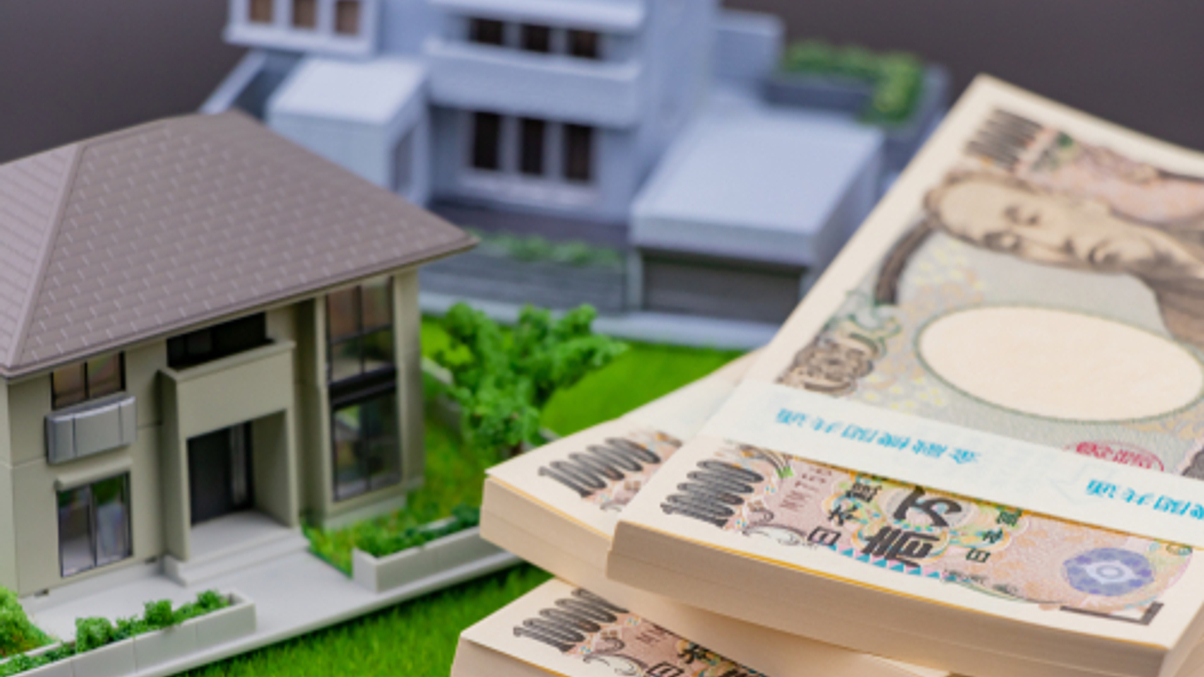GPIF sets stage for Japanese surge into foreign property
Japan’s huge Government Pension Investment Fund has just awarded its first global real estate mandate. Other asset owners are likely to follow with similar strategies.

Many big Asian asset owners are keen buyers of international real estate, but Japanese institutions have largely been largely absent from that group – until now.
Sign in to read on!
Registered users get 2 free articles in 30 days.
Subscribers have full unlimited access to AsianInvestor
Not signed up? New users get 2 free articles per month, plus a 7-day unlimited free trial.
¬ Haymarket Media Limited. All rights reserved.


